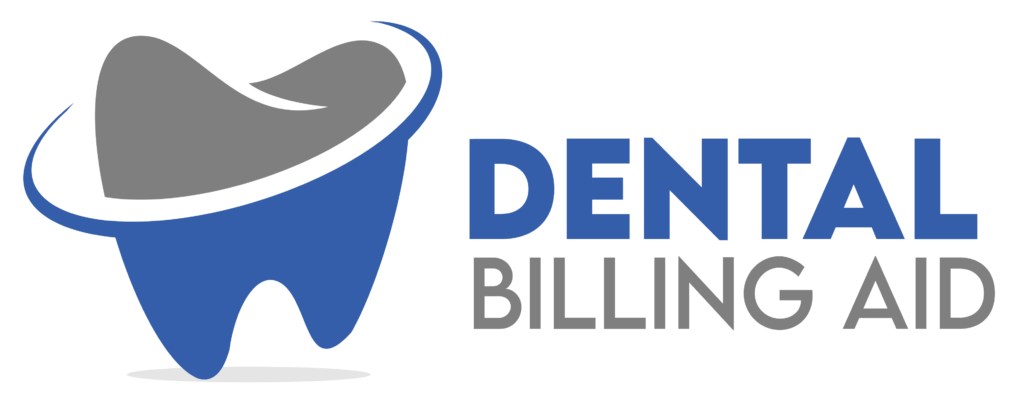Introduction:
In the dynamic landscape of healthcare administration, dental billing stands as a crucial aspect of managing a dental practice efficiently. Effective billing processes not only ensure proper reimbursement but also contribute to patient satisfaction and practice growth. In this blog post, we will delve into the essential components of dental billing business, highlighting the significance of streamlined processes and modern solutions.
Understanding the Dental Billing Landscape:
Dental billing involves the submission and processing of insurance claims, managing patient payments, and handling the financial aspect of running a dental practice. It requires a deep understanding of dental codes, insurance policies, and regulations. Clear communication with patients about their financial responsibilities is equally important to avoid misunderstandings later on.
Importance of Efficient Dental Billing:
Efficient dental billing has numerous benefits for both dental practitioners and patients. It leads to faster reimbursement, reduces the risk of claim denials, minimizes errors, and optimizes cash flow. Additionally, seamless billing practices contribute to a positive patient experience, as transparent and hassle-free billing enhances patient satisfaction and retention.
___________________________________________________________________________
- Key Components of an Effective Dental Billing Business:
Accurate Documentation: Precise and complete documentation of procedures and services performed is the foundation of successful dental billing. This ensures accurate coding and reduces the likelihood of claim rejections due to inadequate information.
Insurance Verification: Thoroughly verifying patient insurance coverage prior to treatment can prevent unexpected claim denials. It’s essential to confirm the patient’s eligibility, coverage limits, and any pre-authorization requirements.
Coding Proficiency: Proper coding is essential to ensure that procedures are billed correctly. Dental practices must stay updated with the latest CDT codes to accurately reflect the services provided.
Claim Submission and Follow-Up: Timely submission of claims and diligent follow-up with insurance companies on pending claims can significantly accelerate reimbursement.
Patient Communication: Transparent communication with patients regarding treatment costs, insurance coverage, and payment options establishes trust and helps prevent any billing-related conflicts.
- Modern Solutions for Dental Billing:
In the digital age, various software solutions can streamline dental billing processes:
Practice Management Software: These platforms integrate scheduling, patient records, and billing, allowing for more efficient coordination among different aspects of the practice.
Electronic Health Records (EHR) Integration: EHR systems that integrate with billing software can streamline the documentation-to-billing process, reducing the chances of errors.
Claim Scrubbing Tools: These tools identify errors or missing information in claims before submission, reducing the likelihood of rejections.
Patient Portals: Online portals enable patients to view their bills, payment history, and insurance information, promoting transparency and reducing administrative overhead.
Staying Compliant:
Dental billing must adhere to industry regulations, such as the Health Insurance Portability and Accountability Act (HIPAA) and the Affordable Care Act (ACA). Keeping up with these regulations is crucial to avoid penalties and maintain the integrity of the practice. Efficient dental billing is the backbone of a successful dental practice. It not only ensures proper reimbursement but also fosters patient trust and practice growth. By understanding the intricacies of dental codes, insurance policies, and implementing modern software solutions, dental billing businesses can pave the way for a streamlined and thriving practice that caters to the needs of both patients and practitioners.
